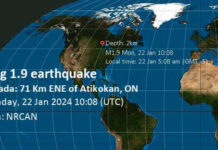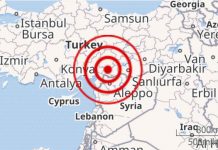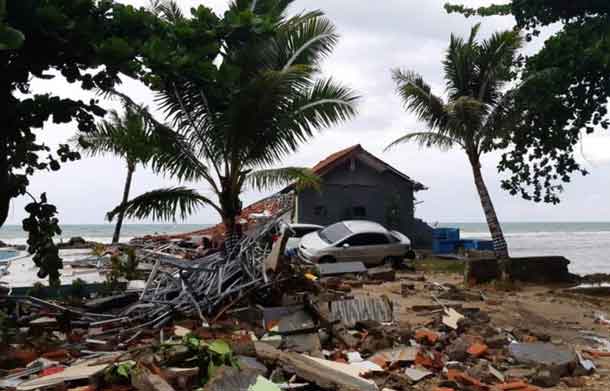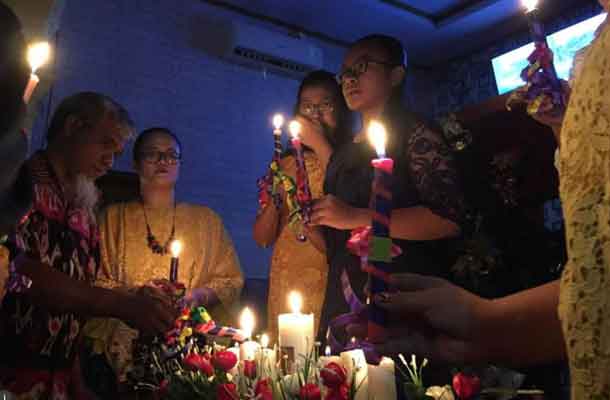Danger from Tsunami Still a Threat
Ten years ago, on Boxing Day, hundreds of thousands of people were relaxing and enjoying their day across Asia. The 9,3 earthquake, the third largest in history, spawned a huge tsunami.
An enormous fault line ruptured beneath the Indian Ocean on 26 December 2004, it set in motion one of the worst disasters in history, causing 30-metre-high tsunami waves and killing more than 230,000 people in 15 countries.
The earthquake was caused when the Indian Plate was subducted by the Burma Plate and triggered a series of devastating tsunamis along the coasts of most landmasses bordering the Indian Ocean, killing 230,000 people in fourteen countries, and inundating coastal communities with waves up to 30 metres (100 ft) high. It was one of the deadliest natural disasters in recorded history. Indonesia was the hardest-hit country, followed by Sri Lanka, India, and Thailand.

David Rydevik (email: david.rydevik@gmail.com), Stockholm, Sweden. – Originally at Bild:Davidsvågfoto.JPG.
With a magnitude of Mw 9.1–9.3, it is the third-largest earthquake ever recorded on a seismograph. The earthquake had the longest duration of faulting ever observed, between 8.3 and 10 minutes. It caused the entire planet to vibrate as much as 1 centimetre (0.4 inches) and triggered other earthquakes as far away as Alaska. Its epicentre was between Simeulue and mainland Indonesia. The plight of the affected people and countries prompted a worldwide humanitarian response. In all, the worldwide community donated more than $14 billion (2004 US$) in humanitarian aid. *(Source: Wikipedia)
Yet while the fault line was not new, the risks of a tragic tsunami resulting from an undersea earthquake were little understood at that time. Among those who knew were a handful of scientists and some of the elderly people living on the remote island of Simuelue, off Aceh, Indonesia, where villages had been devastated by another tsunami nearly a century earlier.

Time has provided cruel hindsight: If a tsunami early warning system had existed across the Indian Ocean region in 2004, the tens of thousands of deaths – one-third of them children – in countries far from the fault line near Simuelue could have been substantially reduced. For example, on the Andaman coast of Thailand, a full two hours passed between holidaymakers feeling the 9.3-magnitude earthquake and the formation of terrifyingly abnormal waves.
It was said that the likelihood of a tsunami in this part of the world was very low. A regional warning system also was considered too costly. So little attention had been given to tsunami-related disaster risk reduction (DRR) at regional or national levels, even though the Asia-Pacific region as a whole was known to be extremely prone to disasters of all sorts. Many countries had endured the cycle of being affected by major disaster, organizing response and recovery – and waiting for the next grim event to occur.
Ten years after the Indian Ocean tsunami, there has thankfully been nothing comparable to its vast scale, which caused the entire Earth to vibrate. In addition to the disturbingly high death toll, it displaced more than 1.6 million people and caused up to US$14 billion in property damages. In Aceh alone, the tsunami is estimated to have increased the proportion of people living below the poverty line by up to 50 percent. (Source: United Nations)





